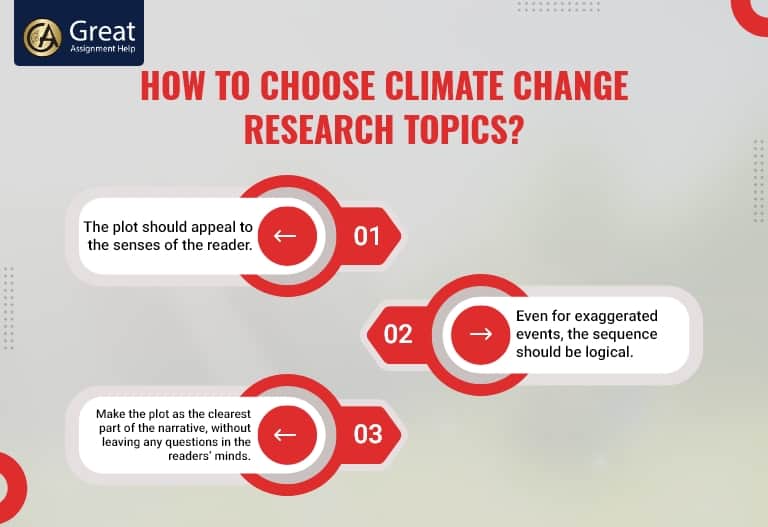If you are a student, then for your class assignment or college application, you might be asked to submit a personal narrative. In general, a personal narrative is a type of writing that will allow you to focus on a specific event from your real life and experiences. Typically, a personal narrative is all about yourself and hence it is not mandatory to structure the entire story in the way that you like. However, the story that you narrate should be in a proper format and it should help you showcase your creativity and story-telling skills. In case, you are unsure of how to write a personal narrative, continue reading this blog post. Here, we have shared the steps for writing a personal narrative more creatively and impressively.
Before moving to the tips and guidelines, first, let us see the definition of the personal narrative.
What is a Personal Narrative?
It is a kind of writing through which you can describe the events that you have faced in your life. Generally, every individual will have a story to narrate. The ultimate goal of preparing a personal narrative is to connect with the readers and change their views on life subtly or significantly.
Similar to other academic papers, a personal narrative should also be crafted with essential sections such as the introduction, a body, and a conclusion. Especially, when writing a personal narrative, you should also make sure to include a thesis statement explaining why this particular life event is significant to you.
Get to Know How to Write a Personal Narrative
Writing a personal narrative is not so easy. A detailed procedure should be followed to create a narrative from your real-life experience. Personal narrative preparation is also somewhere related to writing a creative story in English composition class. If you struggle to draft an inspiring personal narrative, then make sure to execute the steps that are listed below.
- Firstly, identify the basis for your narrative by brainstorming all the ideas that you have collected.
- Secondly, from the idea you have chosen, pick up the important points.
- Next, prepare a draft of your story or develop an outline of what points you have planned to include in your narrative.
- Finally, with the help of the prepared draft, start composing your personal story by the predefined writing format and guidelines.
Also Read: Difference between Documentaries and Narrative Films
Essential Elements of a Well-Structured Personal Narrative
As personal narrative involves a sequence of events, it is necessary to structure the content neatly and manage the flow of ideas logically. Mainly, to create a detailed and well-structured narrative, it is essential to explain each component in specific. Here, let us have a look at the standard personal narrative format that you need to follow to prepare a comprehensive essay.
Introduction
It is the opening part of an essay. This section will help your readers decide whether to read your narrative essay writing service or not. Even if you write about a thrilling and chilling experience, a bad introduction might prevent the readers from reading. Therefore, write an introduction that immediately piques the interest of the reader.
Always, trigger the emotions of the readers at the start of the introduction. Let them know something they had proactively experienced. You could give a sympathetic touch by causing the readers to envision how they would feel assuming they were in your place.
Plot
A plot defines the scene from the start to the end of your story. Usually, an excellent plot will support a personal narrative’s entire format. Therefore, even if your story isn’t very interesting, readers will be intrigued by your perfect plot.
Especially, when developing a story’s plot, remember these things.
- The plot should appeal to the senses of the reader.
- Even for exaggerated events, the sequence should be logical.
- Make the plot the clearest part of the narrative, without leaving any questions in the readers’ minds.
Before you create the plot, set the timeline of the events as past, present, and future. Moreover, to avoid confusion, assign dates specifically. This will help the readers to relate to the entire timeline.
Also Read: A Very Old Man With Enormous Wings Summary
Characters
Characters are people who are a part of a story. Mostly, the characters will build an intimate effect to help readers connect with the story. Note that, it is not necessary to have a hero and a villain in every story. Instead, you can make your story more attractive with the limited characters you have.
To maintain a balance in a story, introduce the characters one by one at the beginning or middle. Particularly, when introducing the characters in your story, share their specifications such as appearance, words, or any catchy action. Also, to assist the readers in easily remembering the character, you can bring in a new character and indirectly connect it with any portion of the plot’s timeline.
Setting
In personal narrative writing, the setting will give life to your story. Typically, a setting defines the timeline of each event in the story i.e. when and where it happens. Mainly, the setting will make it easy for your readers to memorize your plot and help you understand your narrative easily. Always creatively define the setting so that it would be convenient for the readers to imagine the event.
Climax
While writing a personal narrative essay, to shape the resolution of your story, develop a climax. Note that your climax can finish a challenge, solve an issue, or answer a question. Mostly, a climax will provide a life lesson leading to personal growth. Consider the experience you have gained from your personal life event and come up with a climax that is satisfying to your readers. Before you reach the climax, add some suspense elements to your story to make it interesting.
Conclusion
It is the closing section of your narrative that will give your readers an in-depth comprehension of your experience. Remember, the conclusion should have an impact on your readers even after they have completed reading your story. So, always try to end the narrative with a thought-provoking message that is relevant to your story.
Follow the standard format shared above and draft an engaging personal narrative. In case, you need more support, look for personal narrative examples online. By reading the samples available on the internet you can get an idea of how to write a personal narrative essay topic in a well-structured manner.
Standard Template of a Personal Narrative
Find here, the template for a personal narrative essay.
- Add a Title
- Set the scene
- Add a hook to catch the attention of the readers
- Define the scene for your story
- Describe the event or the issue
- Provide basic information for your narrative- character description or feelings when the event takes place
- Describe the event in detail- Clearly explain what happened
- Mention what you have learned.
- Share the experience why it was significant and how it helped you.
- End up with a thought-provoking moral or a piece of advice.
Tips for Writing a Personal Narrative
Follow the below-mentioned tips when preparing your narrative assignment. It will aid you in composing interesting and inspiring content.
- Before you begin writing a personal narrative essay, brainstorm your stories and make a note of all the ideas so that you can generate more details to grab the attention of your readers.
- Focus only on any memorable moment or a life-changing event.
- For an amazing narrative, use an appealing tone relevant to the genre of your story. The tone can be aggressive, non-aggressive, or assertive.
- To draw the readers inside an essay, start the narrative with a catchy hook.
- Present your narrative in a realistic way to make your readers believe that the story you have shared is true. At times, you may not be interested in revealing the real incidents as it is. In such cases, customize and write the main points in a way to builds a trustworthy connection between you and your readers.
- For a narrative, you can use any theme such as sacrifice, struggles, poverty, or talent that is relevant to your life.
- The narrative you prepare should be short and too long. The length can be 1 to 5 pages.
- When preparing a narrative, move chronologically from event to event to avoid unnecessary confusion. Do not jump to various moments in time.
- To immerse the readers in the narrative, describe the moments using sensory details such as smell, sound, touch, and taste.
- Before submission, make sure to proofread your narrative essay. The final draft should be flawless and written according to your requirements. Moreover, you can also share your narrative with your friends or family and get feedback from them to improve the overall content quality.
Also Read: A Complete Guide on How to Write an Observation Report
Conclusion
By now, you will have learned how to write a personal narrative for your assignment or college application. In case, you still have doubts about writing an inspiring personal narrative as per the standard format, quickly connect with us.



